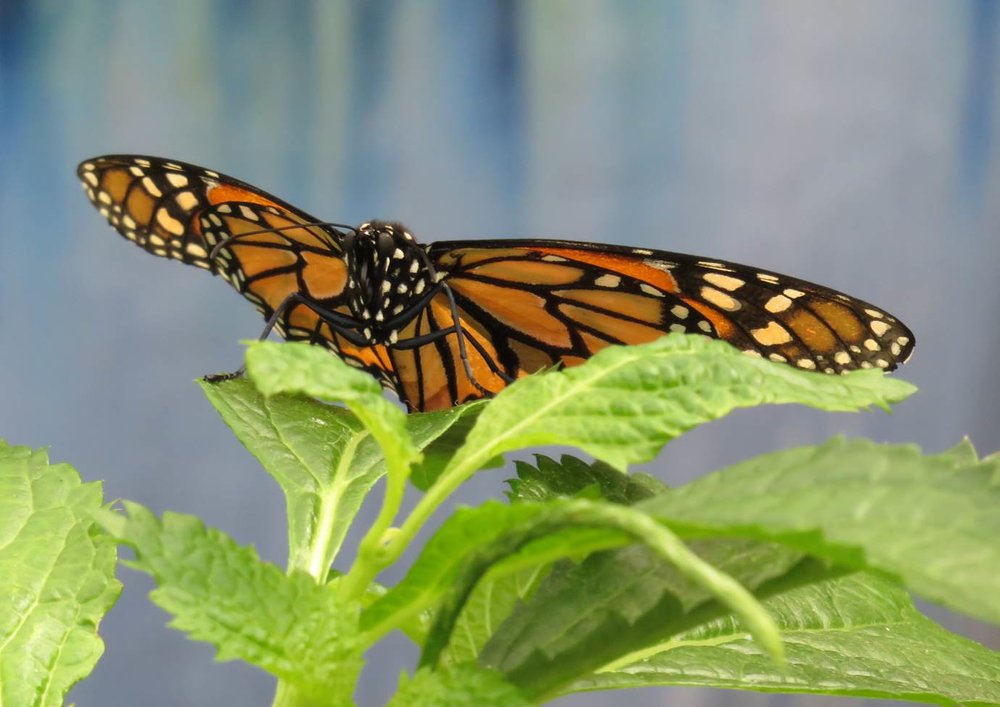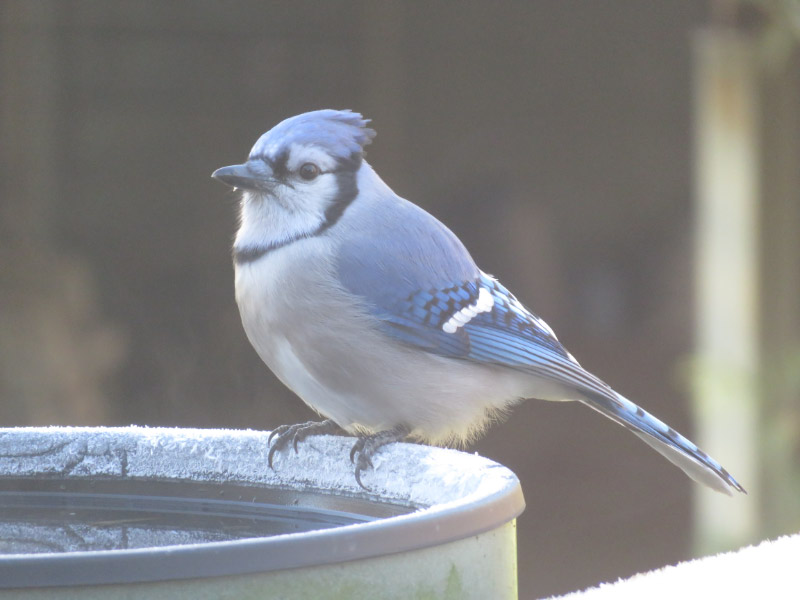Gleanings of the Week Ending July 16, 2016
/The items below were ‘the cream’ of the articles and websites I found this past week. Click on the light green text to look at the article.
The Chemistry of Bell Peppers – Green to Yellow to Red….the chemistry of the pepper’s color change.
Ancient Brazilians occupied the same homes for centuries – Homes that were never abandoned…just extended with new floors on top of old ones, different types of ceramics and new building techniques.
Photography in the National Parks: Don’t Forget to Pack Your Flash or Reflector for Some Fill Light – This post shows images in bright sunlight with and without flash/reflector….a good ‘lesson’ in improving photos of flowers particularly.
Discover Your World with NOAA: An Activity Book – For kids and educators. The Earth Origami activity was one I looked at. This is quite a treasure trove of activities…all available online.
How to Raise Brilliant Children, According to Science – An interview with the author of Becoming Brilliant: What Science Tells Us About Raising Successful Children. She defines 6 Cs: collaboration, communication, content, critical thinking, creating innovation and confidence spread across 4 levels of development (summarized as seeing is believing, multiple points of view, opinions, and evidence/mastery/intricacies of doubt).
Professor finds positive effects for bringing physical activity to the desk – A positive link between mood, motivation and physical activity without detracting from work or study effectiveness…what’s not to like. For me – the Swopper chair seems to have these effects.
The People vs Coloring Books: The verdict is in – For children…the overall message may be to ‘step away from the coloring book’ and celebrate difference rather than conformity. When I was cleaning out my daughter’s papers from 1st grade (over 20 years ago) I found a lot of lightly used coloring book type pages; it appears that she didn’t like them very much. She recognized them for what they were – busy work.
Incidence of cancer in patients with large colorectal polyps lower than previously thought – 92% of the colorectal patients referred for operation were noncancerous! My family had this experience and it is interesting to find out that it is not uncommon. Hopefully the more advanced endoscopic techniques can replace the traditional operation in some of these cases.
7 ways to find things to do in nature near you (US Edition) – Good ideas!
Butylparaben can have several endocrine disrupting effects – This is an ingredient (preservative) in many cosmetics and skin care products. Whatever testing was done in the past on the chemical probably did not even check for this kind of issue. And now we have a pervasive chemical that is impacting our biology in a negative way.



























